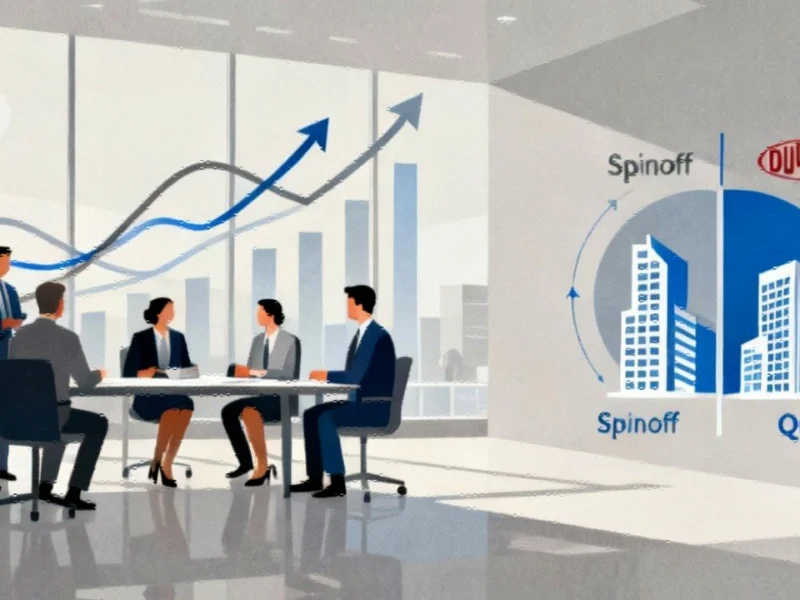According to The How-To Geek, a court ruling has fundamentally changed how payments and app distribution work in the US Android ecosystem. Following the long-running legal battle with Epic Games, Google must now allow developers to communicate about and link to alternative payment options and direct downloads outside the Play Store. Developers can now use payment systems like PayPal and direct credit card processing instead of being forced to use Google Play Billing, potentially passing savings to consumers through lower prices. The changes, mandated by an injunction that takes full effect by October 29, 2025, also permit developers to steer users to download apps from outside the official store. Google has indicated it may implement safety guardrails later to preserve user trust in the more open ecosystem.
Table of Contents
The Epic Battle That Changed Everything
This transformation didn’t happen overnight—it’s the culmination of a multi-year legal war between Epic Games and Google that challenged the very foundation of mobile app store economics. Epic’s strategy was deliberate: they intentionally violated Google Play policies by implementing their own payment system in Fortnite, knowing it would trigger a lawsuit. Their argument centered on whether Google’s 15-30% commission on in-app purchases constituted anti-competitive behavior in a market where they control the vast majority of Android app distribution. What makes this ruling particularly significant is that it addresses both payment processing AND app distribution—two separate but related choke points that have defined the mobile app economy for over a decade.
What This Actually Means for Your Wallet
While the immediate assumption might be that prices will drop across the board, the reality is more nuanced. Developers saving on Google’s 15-30% commission now face new costs: implementing multiple payment systems, managing fraud prevention, handling customer support for billing issues, and potentially paying payment processor fees that could range from 2-4%. The Google Play Developer Program policies now allow alternative payments, but developers must weigh whether the savings justify the complexity. We’re likely to see tiered pricing emerge—where subscriptions purchased directly from developer websites are 10-20% cheaper than those through the Play Store, creating a new form of price discrimination that rewards savvy shoppers.
The Sideloading Security Dilemma
The ability for developers to directly link to external downloads represents one of the most significant security shifts in mobile app history. While sideloading apps has always been technically possible on Android, Google actively discouraged the practice through security warnings and developer policies. Now, legitimate developers can officially steer users away from Google’s security scanning and malware detection systems. This creates a new attack vector where malicious actors could mimic legitimate off-Store download flows. Google’s mention of future “safety guardrails” suggests they’re already planning countermeasures, potentially including new verification requirements for external links or enhanced malware scanning for apps installed through these new channels.
Broader Ecosystem Implications
This ruling creates ripple effects beyond just consumer pricing. Smaller developers now face the dilemma of whether to invest in building their own payment infrastructure or stick with Google’s simplified but more expensive system. Payment processors like PayPal, Stripe, and Square suddenly have access to a massive new market previously locked behind Google’s walled garden. Meanwhile, Google must now compete on the quality of its payment services rather than relying on mandatory usage. The timing is particularly interesting as we approach the October 2025 deadline—developers have significant lead time to build alternative systems, but Google also has time to develop new value propositions beyond simply being the default option.
Where Android Goes From Here
This represents the most significant decentralization of Android app distribution since the platform’s inception. We’re likely to see the emergence of developer-owned app stores, specialized distribution platforms for specific app categories, and potentially even web-based app delivery systems that bypass traditional app stores entirely. The European Union’s Digital Markets Act has already forced similar changes, suggesting this trend toward open app ecosystems is global. However, the fragmentation also raises questions about consistent user experience, centralized updates, and cross-platform compatibility. The next two years will determine whether consumers truly value choice enough to navigate a more complex—but potentially cheaper—Android app landscape.
Related Articles You May Find Interesting
- Microsoft’s AI Spending Dilemma: Growth Engine or Cost Trap?
- Chipotle’s Inflation Gamble: Can Value Over Volume Pay Off?
- The Hidden Cost of Rude AI: Why Being Mean to ChatGPT Works
- The Crypto Founder Cash-Out: Smart Wealth Management or Dangerous Incentive?
- Samsung’s AI Chip Boom Signals Semiconductor Market Revival



